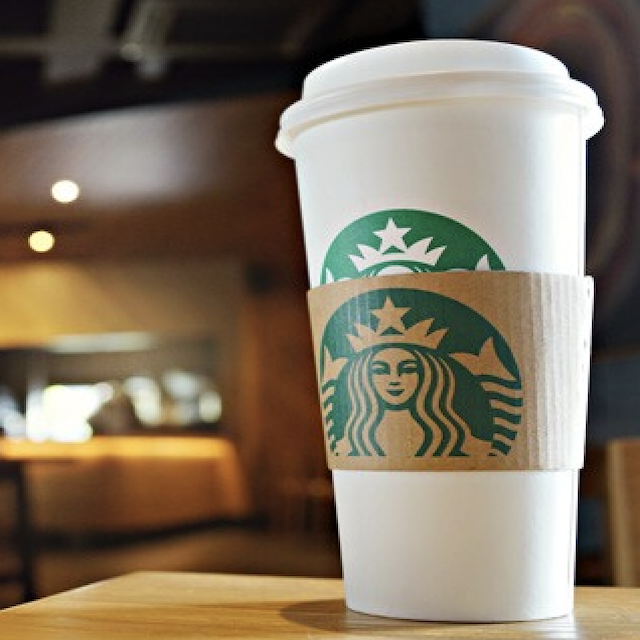Starbucks Banks on Store Redesign to Jumpstart Turnaround

Starbucks is betting big on new store builds and revamped interiors in a bid to reverse sluggish performance and restore its growth trajectory. The coffee giant, facing muted comparable sales in the U.S. and other major markets, is rolling out rapid "coffee house uplifts" designed to make locations more comfortable and efficient without lengthy closures—part of its broader "Back to Starbucks" turnaround strategy, according to CEO Brian Niccol.
“We believe this was a critical moment in our turnaround plan,” Niccol said in a Bloomberg TV interview, emphasizing recent operational changes such as larger staff rosters and longer hours. These shifts, he said, allowed staff to deliver better customer connections and higher-quality craft products, translating into transaction increases.
Fourth-quarter comparable store sales grew 1% globally and 3% internationally, with a 2% bump in China—but these numbers stand in sharp contrast to the full year’s performance. For fiscal 2025, global comparable sales slipped 1%, with flat results internationally, a 1% drop in China, and a 2% decline in the U.S.
“Notably, our U.S. company-operating sales comp turned positive in September, driven by transactions, and it’s remained positive through October, reflecting the momentum taking shape in our business,” Niccol stated during the October 20 earnings call.
Much of that momentum has come from accelerated store upgrades. As interviewer Romaine Bostick pointed out on Bloomberg TV, Starbucks is working to make its interiors more inviting and efficient. Niccol responded, “We’re able to turn these [coffee house uplifts] around in a night or two. We don’t have to close the store, and the transformation is meaningful.” While only about 70 stores have received the upgrade so far, the company plans to complete another 1,000 in FY 2026—a significant effort given the more than 10,000 company-operated locations in North America.
The approach marks a significant shift from Starbucks’ previous strategy. After a disappointing fiscal 2024, Niccol told investors that stronger growth would require fundamental changes—easier, faster ordering and a simplified menu. The company's goal is to deliver walk-in or drive-in orders within four minutes and ensure prompt fulfillment of mobile orders, while also paring down its menu for greater consistency.
Meanwhile, competition from rivals like Dutch Bros. continues to mount. Dutch Bros. Chief Executive Christine Barone said in a November 2024 earnings call that industry trends are moving toward iced drinks and fast, personalized service—an area where Starbucks is now pushing hard to keep pace.
Source: GlobeSt/ALM